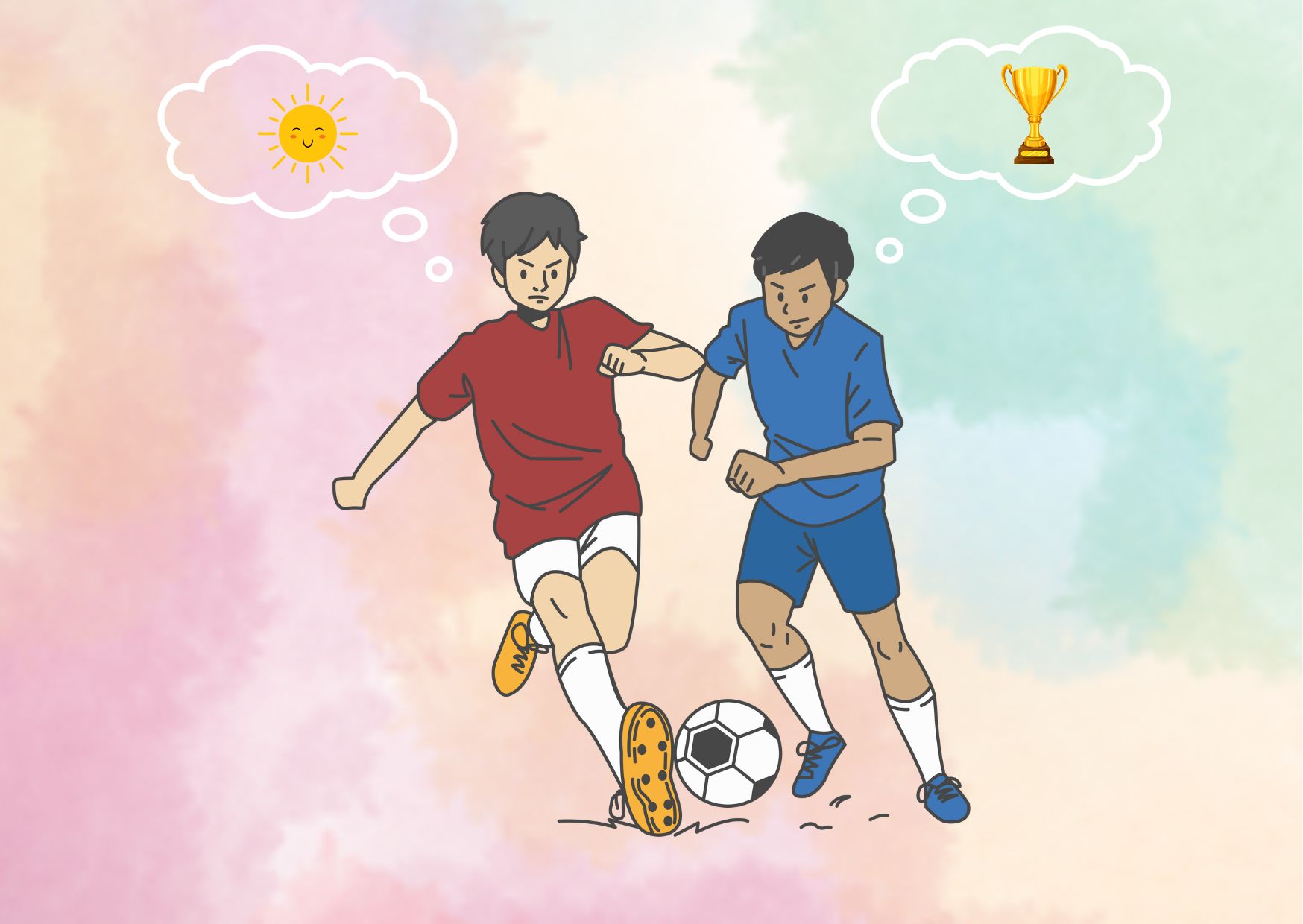Intrinsic vs Extrinsic Motivation: Key Differences
Have you ever wondered why some people find joy in solving complex puzzles while others need a reward to complete the same task? This fundamental difference lies at the heart of how humans are motivated.
The distinction between intrinsic vs extrinsic motivation shapes every aspect of our lives, from workplace performance to personal hobbies. While intrinsic motivation drives us through internal satisfaction, extrinsic motivation relies on external rewards and recognition.
This comprehensive guide explores both types of motivation, their psychological foundations, and how they influence our daily decisions. You’ll discover practical ways to harness these motivational forces for better outcomes in your professional and personal life.
The Science Behind Human Motivation
The fascinating world of human motivation begins in our brains, where complex neural networks determine why we act the way we do. Let’s dive into the scientific foundations that explain the difference between intrinsic and extrinsic motivation.
Understanding the brain’s reward systems
At the heart of motivation lies the brain’s reward system, primarily centered in the mesolimbic pathway. This neural network starts in the ventral tegmental area (VTA) and extends to the nucleus accumbens, creating what scientists call our brain’s “reward circuit.” When we experience something rewarding, this pathway releases dopamine, signaling us to repeat behaviors that led to that reward.
The psychology of self-determination
Self-determination theory provides a comprehensive framework for understanding human motivation. This theory identifies three fundamental psychological needs that drive our behavior:
- Autonomy: The need to feel in control of our actions
- Competence: The desire to master skills and feel effective
- Relatedness: The need to connect with others and belong
When these needs are satisfied, we’re more likely to develop intrinsic motivation. However, when they’re thwarted, we tend to rely more heavily on external motivators.
How dopamine influences different types of motivation
While often called the “pleasure chemical,” dopamine’s role in motivation is more nuanced than previously thought. Recent research reveals that dopamine acts differently depending on where in the brain it’s released. In one area, it drives us to work hard for rewards (supporting extrinsic motivation), while in another, it can actually make us reject that same work.
Motivational salience, a key concept in understanding dopamine’s role, explains why this neurotransmitter doesn’t just respond to rewards but also to stress and aversion. This dual nature of dopamine helps explain why some people are natural go-getters while others might need external incentives to complete tasks.
Autonomous motivation
The brain’s reward system doesn’t play favorites between intrinsic and extrinsic motivation. Instead, it creates what scientists call “autonomous motivation” when we identify with an activity’s value and align it with our sense of self. This explains why external rewards can sometimes transform into genuine internal drive when they resonate with our personal values and goals.
Understanding these biological mechanisms helps us recognize that both types of motivation are deeply rooted in our neural circuitry, and neither is inherently superior. The key lies in understanding how to leverage both systems effectively based on individual circumstances and goals.
Defining Intrinsic Motivation
When we delve into the essence of human drive, intrinsic motivation stands out as one of the most powerful forces shaping our behavior. Unlike its external counterpart, intrinsic motivation emerges from within, driven by our natural curiosity and desire for growth.
Key characteristics of internal drive
Intrinsic motivation is characterized by the pure enjoyment and satisfaction derived from an activity itself. Consider these fundamental traits:
- Genuine Interest: Engaging in activities for the inherent pleasure they provide
- Natural Curiosity: The innate desire to explore and learn
- Self-Directed: Actions driven by personal choice rather than external pressure
- Sustained Engagement: Longer-lasting commitment to tasks and goals
The role of autonomy and competence
At the core of intrinsic motivation lies the powerful combination of autonomy and competence. Autonomy represents our need to act with a sense of ownership and psychological freedom. When we feel in control of our choices, we’re more likely to remain engaged and passionate about our pursuits.
Competence plays an equally crucial role, reflecting our desire to master tasks and feel effective in our actions. This need for mastery drives us to tackle challenges that align with our capabilities, creating a sweet spot where growth and enjoyment intersect.
Biological and psychological foundations

